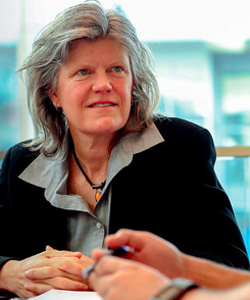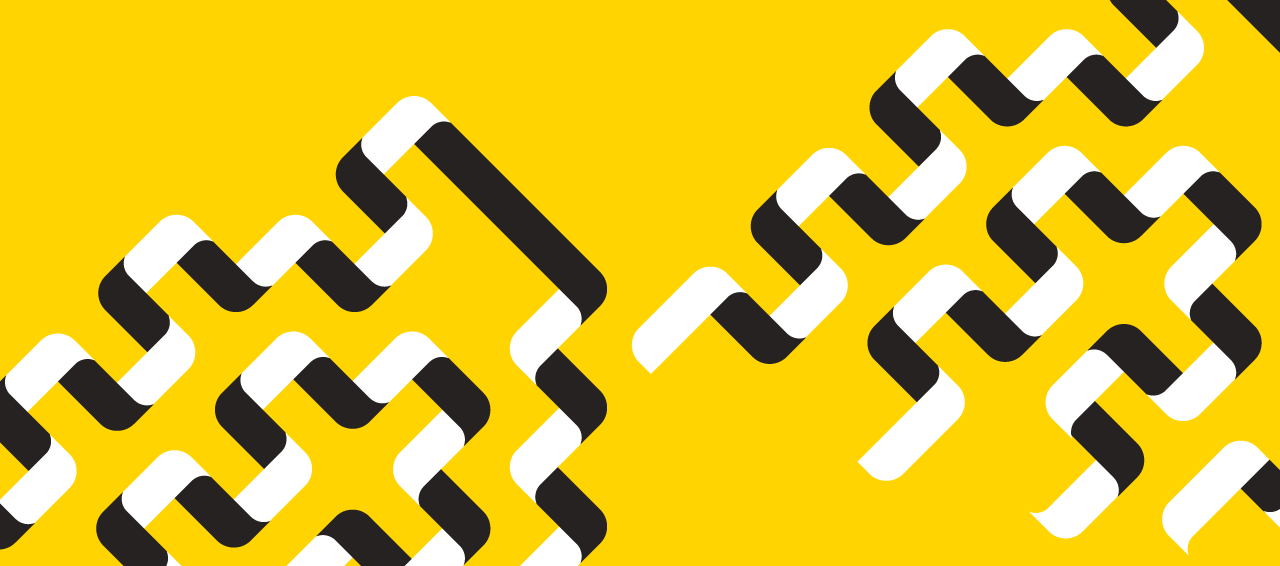Some of the easiest ways to think about diversity focus on questions of “who.” Who is present within a space? Who has a seat at the table? Who is given the opportunity to speak — and who is listened to? Questions of “who” can also be documented and reported on, turned into numbers and figures, with relative ease.
But if diversity stops at “who,” it misses other questions every bit as crucial, like “what” and “how.”
“It’s about getting beyond the numbers,” says Dal Provost Teri Balser. “Numbers are easier to monitor, but metrics and targets don’t get at the heart of what diversity is, and its value.”
For a university, that means thinking about more than just enrolment numbers and faculty complement — important as those are — and diving into what happens in the classroom, at the heart of the academic experience.
These days, questions of “diversifying” or “decolonizing” curriculum are top-of-mind in higher education, both as an effort to develop courses and programs to better reflect the growing diversity in universities, and also to challenge systemic biases inherent in the largely white, Eurocentric systems of knowledge that have shaped the history of Western universities.
Pushing for change
For Senate Chair Kevin Hewitt, curriculum diversity has been something he’s been pushing for most of his life.
 “As a member of the African Canadian community, this has been a battle — in the school system, for my kids to have a diverse, inclusive curriculum, and in my own experience as a student and faculty member,” he says.
“As a member of the African Canadian community, this has been a battle — in the school system, for my kids to have a diverse, inclusive curriculum, and in my own experience as a student and faculty member,” he says.
During graduate studies at Simon Fraser University, Dr. Hewitt and his peers pushed the administration to encourage a more inclusive curriculum, even organizing their own 12-part lecture series, “Missing: Pieces of the African Heritage Puzzle,” to try and bring diverse perspectives across different disciplines to campus. “Going through that process, you realize that diversifying the curriculum doesn’t mean, ‘Oh, we’ll add a course here where we’ll put all the diverse perspectives, and you can take it or not.’”
To illustrate his point, Dr. Hewitt pulls out his copy of , a 2017 book that counts Dal sociologist Howard Ramos among its authors. He flips to a chapter from the University of Alberta’s Melina Smith, quoting Harry Garuba of the University of Cape Town.
“Do we simply add new items to an existing curriculum – rather like adding raffia chairs to the master’s living room?” writes Dr. Garuba. “Or do we adopt the reverse approach in which we rethink how the object of study itself is constituted?”
“[Diversity is] not an add on,” says Dr. Hewitt in response. “It’s embedding it in the curriculum, in syllabuses across the university . . . It’s diversity infrastructure — part of the foundation of what we do.”
Asking the right questions
Of course, making changes to a foundation isn’t necessarily easy. In the case of curriculum, and trying to make it more diverse, it means a conversation that’s different in every course, every discipline, every faculty. And it’s a full of intersectional terms with lots of room for interpretation and meaning: diversifying, decolonizing, indigenizing.
 For Dr. Balser, new to π˙√Ò≤ ∆± but who has worked on these sorts of issues in previous roles in Australia, she sees enthusiasm growing for those conversations among deans, faculty members and students.
For Dr. Balser, new to π˙√Ò≤ ∆± but who has worked on these sorts of issues in previous roles in Australia, she sees enthusiasm growing for those conversations among deans, faculty members and students.
“The question

